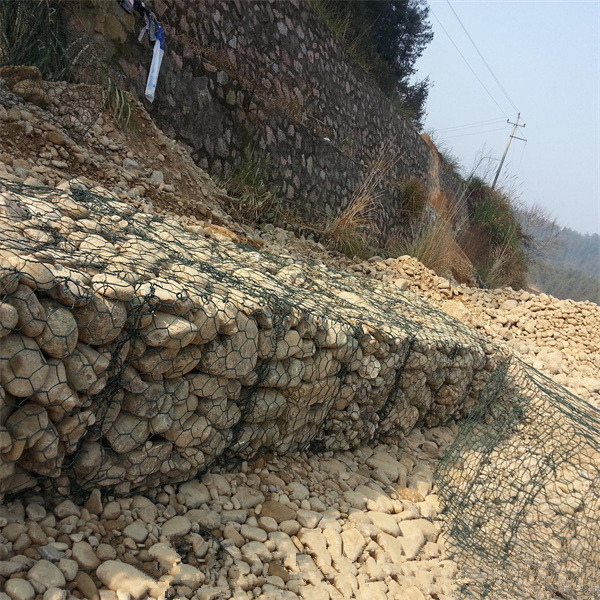Dec . 21, 2024 05:49 Back to list
Strengthening Soil with Effective Gabion Wall Solutions for Retaining Structures
The Benefits of Retaining Gabion Walls
Retaining walls play a pivotal role in landscape architecture and civil engineering, particularly in managing changes in elevation and soil retention. Among various retaining wall systems, gabion walls have gained significant popularity due to their unique construction, aesthetic appeal, and functionality. A gabion wall consists of a structure made from wire mesh cages filled with rocks, stones, or other durable materials. This article explores the advantages and applications of retaining gabion walls, highlighting their effectiveness in various scenarios.
Structural Integrity and Stability
One of the primary benefits of gabion walls is their structural integrity. The rock-filled cages form a porous structure that facilitates drainage and prevents water pressure buildup behind the wall. This characteristic is crucial in preventing erosion and soil displacement, which can lead to structural failure in conventional retaining walls. The flexibility of gabion walls also allows them to absorb ground movement, making them an ideal solution for areas prone to shifting soils or seismic activity.
Environmental Benefits
Gabion walls are often praised for their environmentally friendly attributes. Unlike traditional retaining walls made from concrete or brick, gabions can use locally sourced stones and materials, reducing transportation costs and carbon emissions. Furthermore, the porous nature of gabion walls promotes soil stabilization and vegetation growth, allowing these structures to blend harmoniously with the surrounding landscape. Over time, plants can grow within or around the gabion walls, enhancing biodiversity and contributing to ecological balance.
Aesthetic Appeal
retaining gabion wall

While functionality is essential, the aesthetic aspect of landscaping should not be overlooked. Gabion walls offer a rustic yet modern look that can enhance the visual appeal of any outdoor space. Their ability to integrate seamlessly with natural surroundings makes them a popular choice for parks, gardens, and residential properties. Additionally, gabions can be filled with different materials, including colored stones or recycled materials, allowing for creative customization that reflects the owner's personal style or the character of the landscape.
Cost-Effective Solutions
Building a gabion wall can often be more cost-effective compared to traditional retaining wall systems. The materials required for gabion construction are usually less expensive, especially when locally sourced. The assembly process is straightforward, reducing labor costs and construction time. Since gabion walls require minimal maintenance over time, the long-term savings can be significant. This makes them an attractive option for both private home builders and large scale construction projects.
Versatility in Application
Gabion walls are incredibly versatile and can be utilized in a wide range of applications. They are suitable for residential gardens, commercial properties, and larger infrastructure projects. Whether used to create terraces, support embankments, prevent erosion along riverbanks, or manage runoff in agricultural settings, gabion walls can be adapted to various conditions and requirements. Their flexibility also allows them to be installed in remote or challenging locations where traditional construction methods may be impractical.
Conclusion
In summary, retaining gabion walls stand out as an effective, environmentally friendly, and aesthetically pleasing solution for soil retention and landscape stabilization. Their structural integrity ensures durability, while their ability to promote drainage mitigates common risks associated with erosion and soil movement. The blend of functionality and beauty, combined with cost-effectiveness and versatility, makes gabion walls an attractive choice for a variety of projects. As sustainable landscaping practices gain traction globally, it is likely that the use of gabion walls will continue to increase, proving that beauty and practicality can coexist in harmony.
-
HESCO Gabion Baskets for Coastal Erosion Prevention
NewsAug.22,2025
-
Longevity and Durability of River Rock Gabion Walls
NewsAug.22,2025
-
How to Integrate Gabion 3D Walls in Urban Planning
NewsAug.22,2025
-
Reno Mattress Gabion Applications in Civil Engineering
NewsAug.22,2025
-
How to Install Wire Mesh for Gabion Baskets Properly
NewsAug.22,2025
-
Best Materials for Filling a Chain Link Gabion
NewsAug.22,2025
-
Wire Mesh Thickness Impact on Gabion Wall Load Bearing
NewsAug.12,2025






